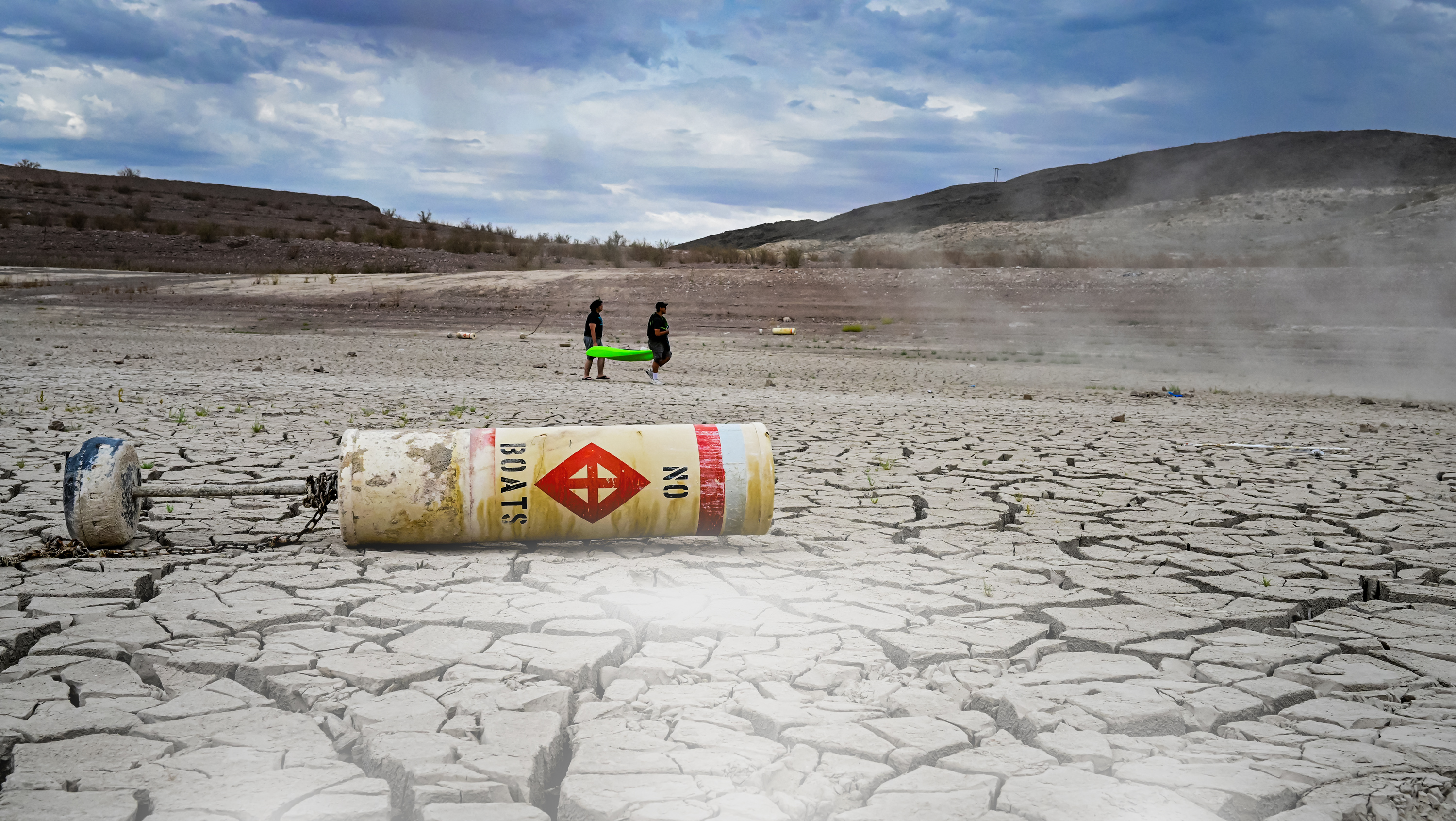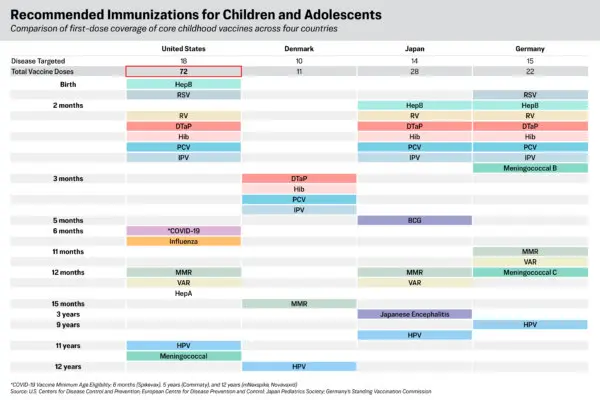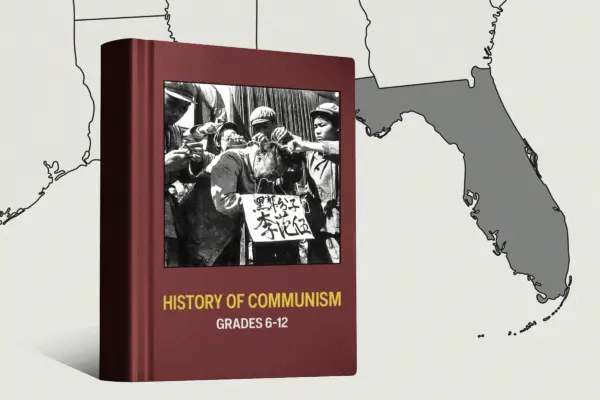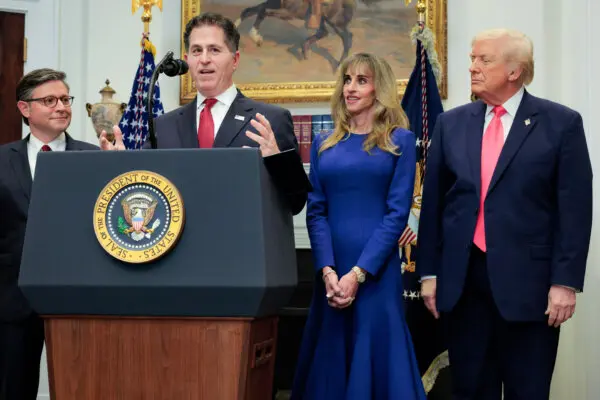The term “Day Zero Water” has become synonymous with a worst-case scenario for public water resources. It refers to a moment at which a city or region’s water supply is almost depleted and officials cut tap supply to communities.
This crisis was narrowly averted in 2018 in Cape Town, South Africa, which approached the threshold of a Day Zero event after rationing was almost not enough.










